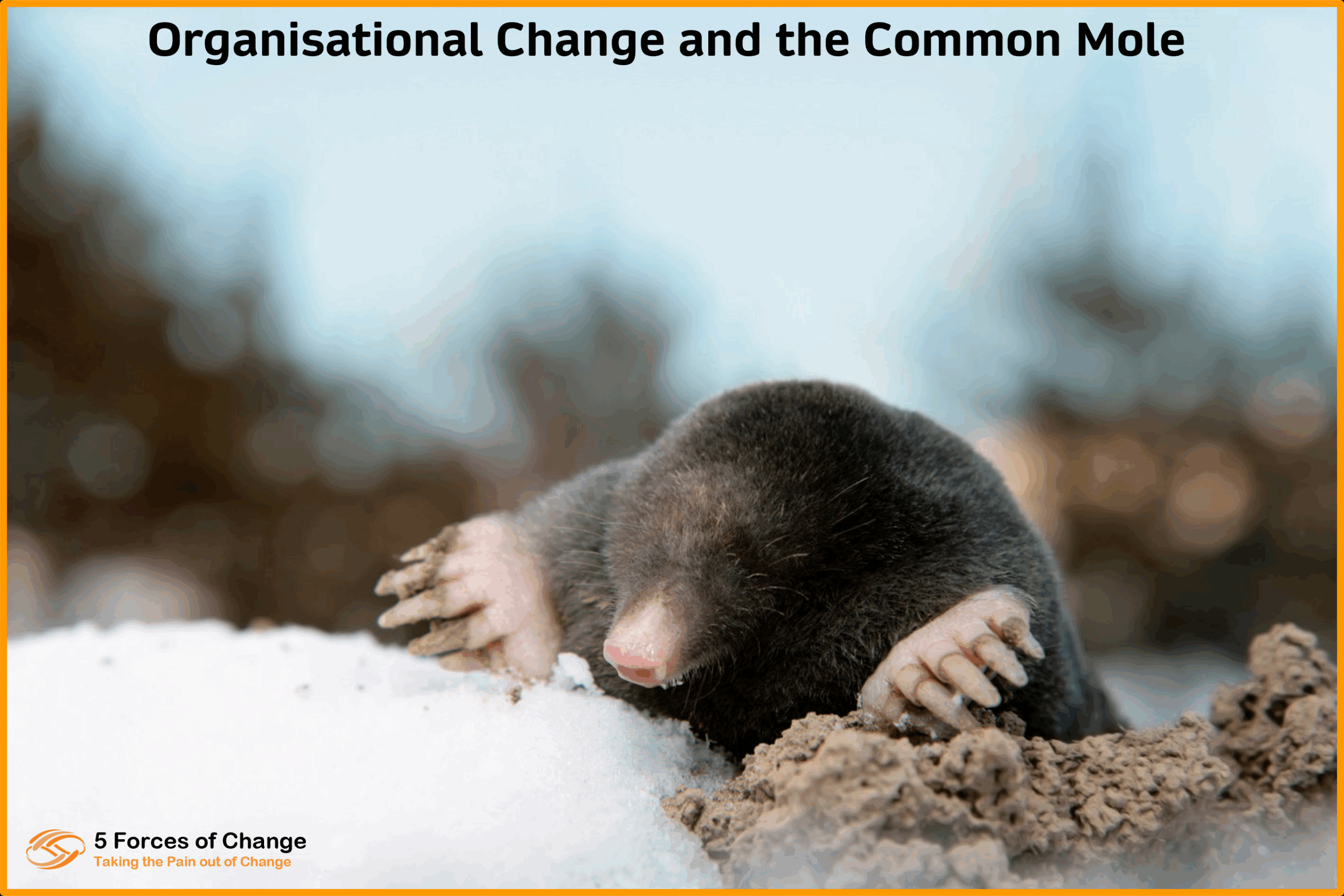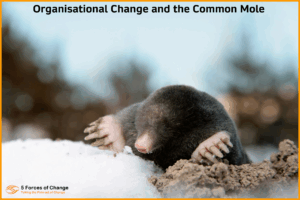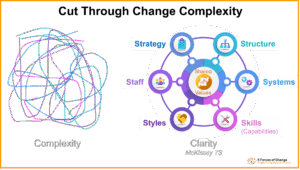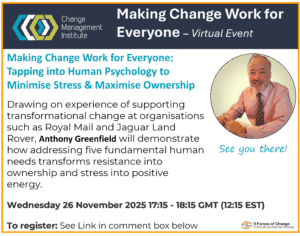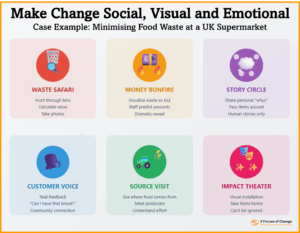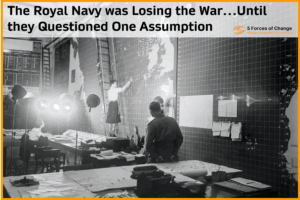Organisational Change and the Common Mole: In wintertime, when food is scarce, the Common Mole shrinks its head and brain, saving on brainpower until spring brings fresh food supplies and it can regrow its neurons.
Cognitive Ease
Humans have a different technique for saving on brainpower. It’s called Cognitive Ease. It’s about relying on instinct and habit to avoid the energy-intensive Cognitive Strain of analysing every decision or action we take. For example, we can drive home in our cars with relative ease and without much thought. By contrast, it would be exhausting if we had to consciously assess each turn of the steering wheel.
There are several downsides to Cognitive Ease. For instance, we grab the familiar but expensive branded item from a supermarket shelf, opt for easy sounding solutions to complex problems or repeat unhelpful habits.
Cognitive Ease is also the enemy of organisational change. Getting your head around new expectations, new practices and new routines can be draining and tough to deal with. Far better to stick to the cozy comfort of the familiar. So, it’s no wonder we have an instinctive tendency to resist change.
Seven Tricks of the Trade
We can help minimise resistance to change by building-in Cognitive Ease. Here are seven tricks of the trade:
- Build bridges between where we are and where we need to be
- Explain new ideas based on familiar knowledge and experiences – like explaining Cognitive Ease through the analogy of driving a car
- Take people on a journey through the past, the present and the future, connecting historic challenges to current successes, and presenting the upcoming change as just the next period of evolution.
- Provide a picture of the completed jigsaw not just the jigsaw pieces i.e. build a rich picture of the future state, so people begin to imagine themselves operating in this fully integrated new world.
- Build intuitive software applications, where the buttons and functions are exactly where you expect them to be, allowing you to complete a task without conscious thought.
- Actively solicit feedback to identify areas of confusion or difficulty (Cognitive Strain) and adjust your approach accordingly.
- Phased rollouts and trying out prototypes helping to create familiarity incrementally.
- Learn from advertising – relentlessly repeat key messages such as the Vision and benefits of change to ingrain understanding and recall.
- Provide ample support and encouragement far beyond ‘go-live’ to counteract the temptation to slip back into old comfortable habits.
By consciously working to promote Cognitive Ease, leaders can significantly improve the employee experience during organisational change, fostering smoother transitions, greater buy-in, and ultimately, more successful outcomes.
For more on succeeding as a change leader see.

